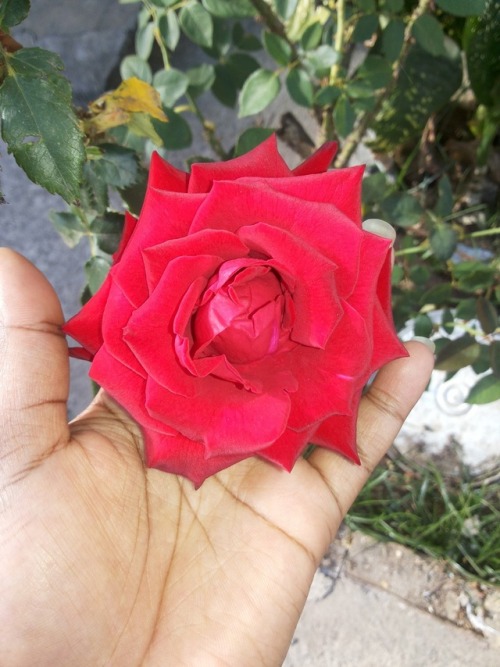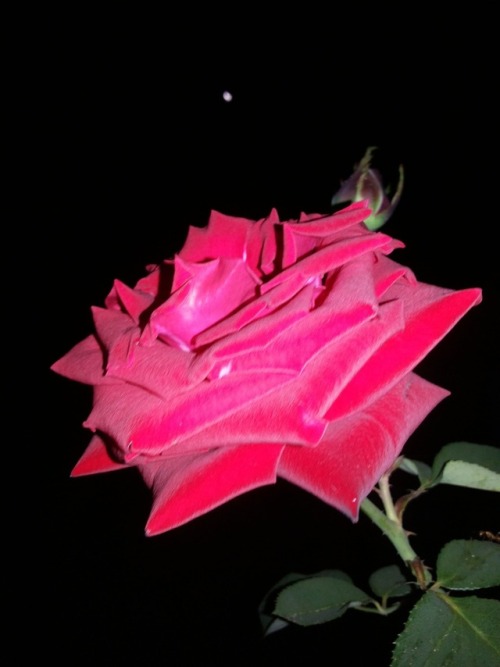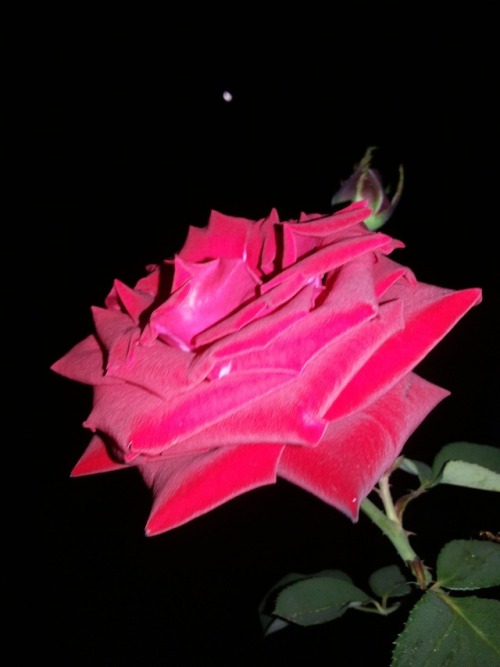Monecky - Grandes Sonhos










More Posts from Monecky and Others
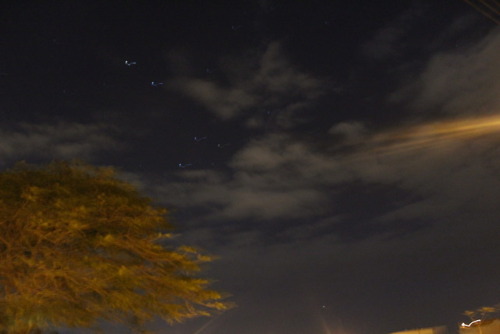
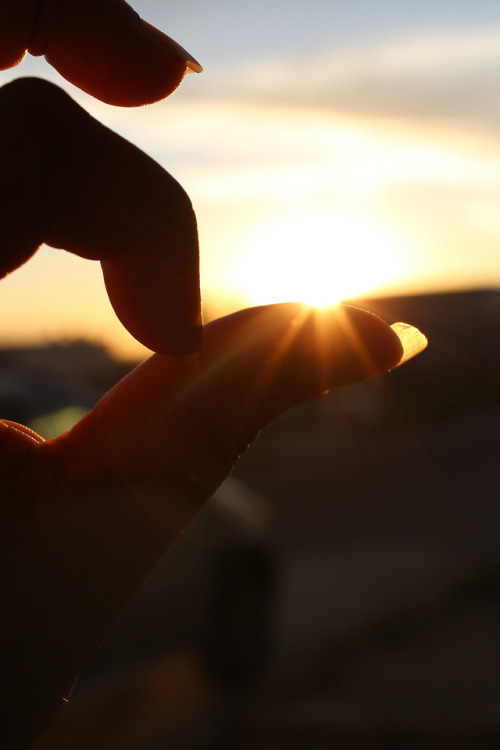
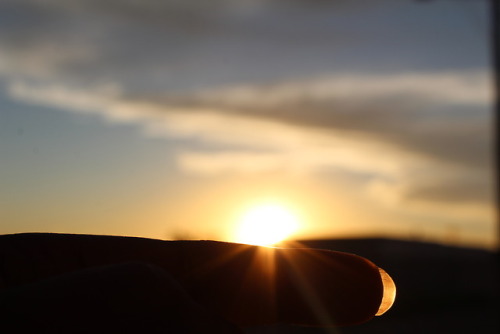







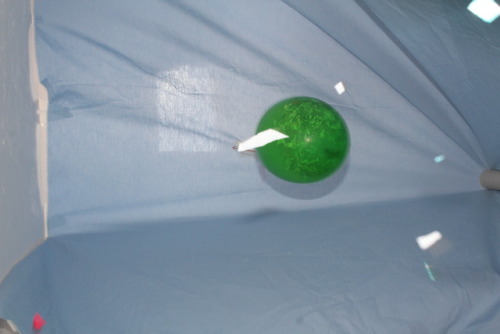











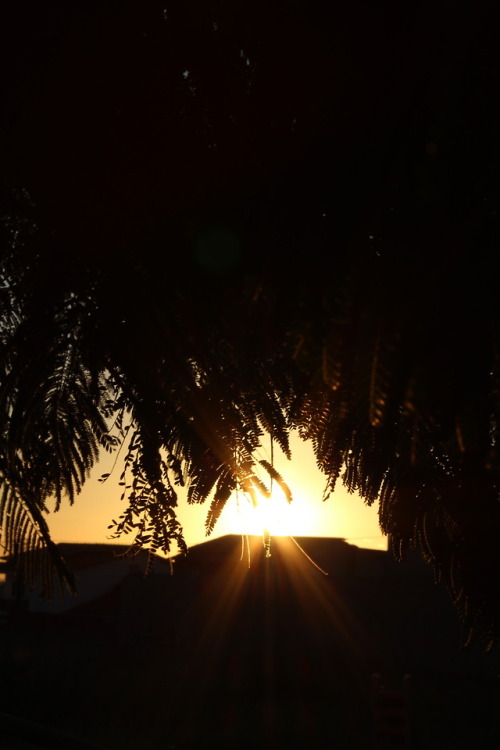
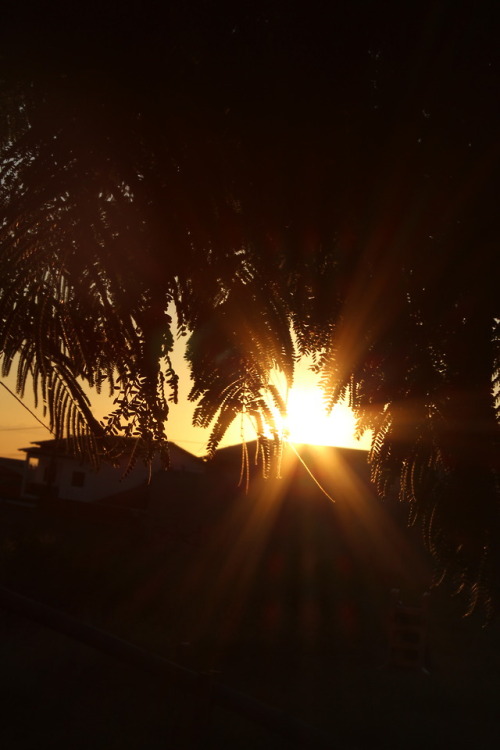
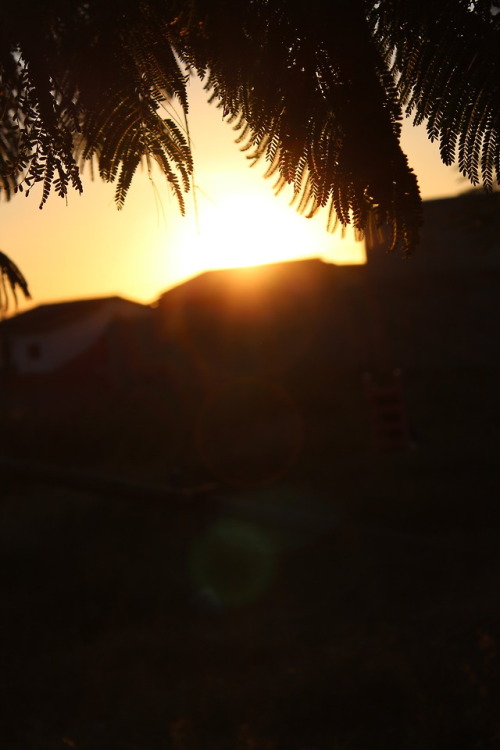
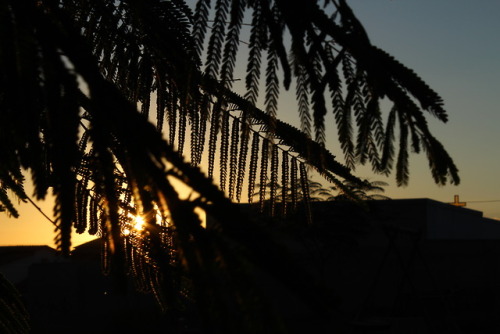

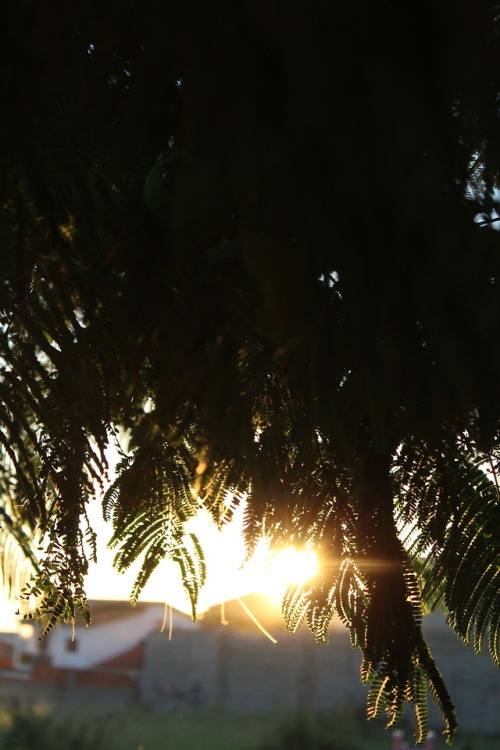
Ten interesting facts about Jupiter
Here is a list of some interesting facts about the planet Jupiter. A planet that catches the attention of all, by its size, storms and its surprising moons.

The mass of Jupiter is 318 times as massive as the Earth. In fact, Jupiter is 2.5 times more massive than all of the other planets in the Solar System combined.

Its gravity is so strong that a rocket would have to go an unthinkable 135,000 mph to leave.

The Great Red Spot on Jupiter is one of its most familiar features. This persistent anticyclonic storm, which is located south of its equator, measures between 24,000 km in diameter and 12–14,000 km in height. As such, it is large enough to contain two or three planets the size of Earth’s diameter. And the spot has been around for at least 350 years, since it was spotted as far back as the 17th century.

Jupiter’s rings were discovered in 1979 by the passing Voyager 1 spacecraft, but their origin was a mystery. Data from the Galileo spacecraft that orbited Jupiter from 1995 to 2003 later confirmed that these rings were created by meteoroid impacts on small nearby moons.

Extending up to seven million kilometers in the Sun’s direction and almost to the orbit of Saturn in the opposite direction, Jupiter’s magnetosphere is the largest and most powerful of any planetary magnetosphere in the Solar System, and by volume the largest known continuous structure in the Solar System after the heliosphere.

Jupiter has a total of 69 natural satellites. The four largest are: Io, Europa, Ganymede and Callisto. However, it is estimated that the planet has over 200 natural satellites orbiting it. Almost all of them are less than 10 kilometers in diameter, and were only discovered after 1975, when the first spacecraft (Pioneer 10) arrived at Jupiter.

Jupiter Has Been Visited 8 Times By Spacecraft. Jupiter was first visited by NASA’s Pioneer 10 spacecraft in December 1973, and then Pioneer 11 in December 1974. Then came the Voyager 1 and 2 flybys, both of which happened in 1979. This was followed by a long break until Ulysses arrived in February 1992, followed by the Galileo space probe in 1995. Then Cassini made a flyby in 2000, on its way to Saturn. And finally, NASA’s New Horizons spacecraft made its flyby in 2007. NASA’s Juno spacecraft is currently orbiting Jupiter.

Jupiter is the third brightest object in the Solar System, after Venus and the Moon.

Jupiter Is The Fastest Spinning Planet In The Solar System. For all its size and mass, Jupiter sure moves quickly. In fact, with an rotational velocity of 12.6 km/s (~7.45 m/s) or 45,300 km/h (28,148 mph), the planet only takes about 10 hours to complete a full rotation on its axis. And because it’s spinning so rapidly, the planet has flattened out at the poles a little and is bulging at its equator.

Jupiter Cannot Become A Star. Astronomers call Jupiter a failed star, but that’s not really an appropriate description. While it is true that, like a star, Jupiter is rich in hydrogen and helium, Jupiter does not have nearly enough mass to trigger a fusion reaction in its core. This is how stars generate energy, by fusing hydrogen atoms together under extreme heat and pressure to create helium, releasing light and heat in the process.
This is made possible by their enormous gravity. For Jupiter to ignite a nuclear fusion process and become a star, it would need more than 70 times its current mass. If you could crash dozens of Jupiters together, you might have a chance to make a new star. But in the meantime, Jupiter shall remain a large gas giant with no hopes of becoming a star. Sorry, Jupiter!
Sources: universetoday and wikipedia
Images credits: Wikimedia Commons, JAXA, NASA, ESA, Hubble, Wang Letian & Michael Carroll
A Tour of Storms Across the Solar System

Earth is a dynamic and stormy planet with everything from brief, rumbling thunderstorms to enormous, raging hurricanes, which are some of the most powerful and destructive storms on our world. But other planets also have storm clouds, lightning — even rain, of sorts. Let’s take a tour of some of the unusual storms in our solar system and beyond.
Tune in May 22 at 3 p.m. for more solar system forecasting with NASA Chief Scientist Jim Green during the latest installment of NASA Science Live: https://www.nasa.gov/nasasciencelive.

1. At Mercury: A Chance of Morning Micrometeoroid Showers and Magnetic ‘Tornadoes’
Mercury, the planet nearest the Sun, is scorching hot, with daytime temperatures of more than 800 degrees Fahrenheit (about 450 degrees Celsius). It also has weak gravity — only about 38% of Earth’s — making it hard for Mercury to hold on to an atmosphere.
Its barely there atmosphere means Mercury doesn’t have dramatic storms, but it does have a strange “weather” pattern of sorts: it’s blasted with micrometeoroids, or tiny dust particles, usually in the morning. It also has magnetic “tornadoes” — twisted bundles of magnetic fields that connect the planet’s magnetic field to space.

2. At Venus: Earth’s ‘Almost’ Twin is a Hot Mess
Venus is often called Earth’s twin because the two planets are similar in size and structure. But Venus is the hottest planet in our solar system, roasting at more than 800 degrees Fahrenheit (430 degrees Celsius) under a suffocating blanket of sulfuric acid clouds and a crushing atmosphere. Add to that the fact that Venus has lightning, maybe even more than Earth.
In visible light, Venus appears bright yellowish-white because of its clouds. Earlier this year, Japanese researchers found a giant streak-like structure in the clouds based on observations by the Akatsuki spacecraft orbiting Venus.

3. At Earth: Multiple Storm Hazards Likely
Earth has lots of storms, including thunderstorms, blizzards and tornadoes. Tornadoes can pack winds over 300 miles per hour (480 kilometers per hour) and can cause intense localized damage.
But no storms match hurricanes in size and scale of devastation. Hurricanes, also called typhoons or cyclones, can last for days and have strong winds extending outward for 675 miles (1,100 kilometers). They can annihilate coastal areas and cause damage far inland.

4. At Mars: Hazy with a Chance of Dust Storms
Mars is infamous for intense dust storms, including some that grow to encircle the planet. In 2018, a global dust storm blanketed NASA’s record-setting Opportunity rover, ending the mission after 15 years on the surface.
Mars has a thin atmosphere of mostly carbon dioxide. To the human eye, the sky would appear hazy and reddish or butterscotch colored because of all the dust suspended in the air.

5. At Jupiter: A Shrinking Icon
It’s one of the best-known storms in the solar system: Jupiter’s Great Red Spot. It’s raged for at least 300 years and was once big enough to swallow Earth with room to spare. But it’s been shrinking for a century and a half. Nobody knows for sure, but it’s possible the Great Red Spot could eventually disappear.

6. At Saturn: A Storm Chasers Paradise
Saturn has one of the most extraordinary atmospheric features in the solar system: a hexagon-shaped cloud pattern at its north pole. The hexagon is a six-sided jet stream with 200-mile-per-hour winds (about 322 kilometers per hour). Each side is a bit wider than Earth and multiple Earths could fit inside. In the middle of the hexagon is what looks like a cosmic belly button, but it’s actually a huge vortex that looks like a hurricane.
Storm chasers would have a field day on Saturn. Part of the southern hemisphere was dubbed “Storm Alley” by scientists on NASA’s Cassini mission because of the frequent storm activity the spacecraft observed there.

7. At Titan: Methane Rain and Dust Storms
Earth isn’t the only world in our solar system with bodies of liquid on its surface. Saturn’s moon Titan has rivers, lakes and large seas. It’s the only other world with a cycle of liquids like Earth’s water cycle, with rain falling from clouds, flowing across the surface, filling lakes and seas and evaporating back into the sky. But on Titan, the rain, rivers and seas are made of methane instead of water.
Data from the Cassini spacecraft also revealed what appear to be giant dust storms in Titan’s equatorial regions, making Titan the third solar system body, in addition to Earth and Mars, where dust storms have been observed.

8. At Uranus: A Polar Storm
Scientists were trying to solve a puzzle about clouds on the ice giant planet: What were they made of? When Voyager 2 flew by in 1986, it spotted few clouds. (This was due in part to the thick haze that envelops the planet, as well as Voyager’s cameras not being designed to peer through the haze in infrared light.) But in 2018, NASA’s Hubble Space Telescope snapped an image showing a vast, bright, stormy cloud cap across the north pole of Uranus.

9. At Neptune: Methane Clouds
Neptune is our solar system’s windiest world. Winds whip clouds of frozen methane across the ice giant planet at speeds of more than 1,200 miles per hour (2,000 kilometers per hour) — about nine times faster than winds on Earth.
Neptune also has huge storm systems. In 1989, NASA’s Voyager 2 spotted two giant storms on Neptune as the spacecraft zipped by the planet. Scientists named the storms “The Great Dark Spot” and “Dark Spot 2.”

10. It’s Not Just Us: Extreme Weather in Another Solar System
Scientists using NASA’s Hubble Space Telescope made a global map of the glow from a turbulent planet outside our solar system. The observations show the exoplanet, called WASP-43b, is a world of extremes. It has winds that howl at the speed of sound, from a 3,000-degree-Fahrenheit (1,600-degree-Celsius) day side, to a pitch-black night side where temperatures plunge below 1,000 degrees Fahrenheit (500 degrees Celsius).
Discovered in 2011, WASP-43b is located 260 light-years away. The planet is too distant to be photographed, but astronomers detected it by observing dips in the light of its parent star as the planet passes in front of it.
Make sure to follow us on Tumblr for your regular dose of space: http://nasa.tumblr.com.
